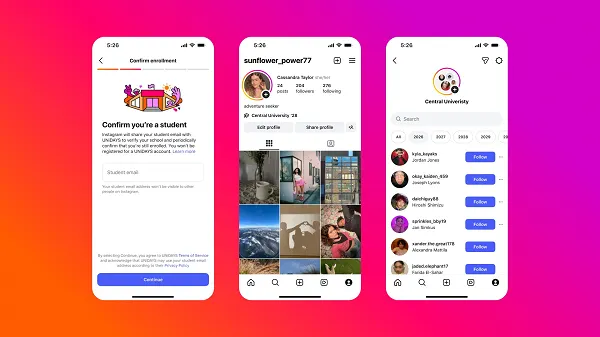How to become an integral part of your customer’s life
Companies must infuse an experience-led consumer journey throughout the entire value chain before bringing a deeper sense of value to the consumer’s life.

Today’s brands have a higher bar for success than ever before. In the eyes of the consumer, brands must do it all: help me save time, be convenient, anticipate my needs, reflect my values and enrich my overall life. In other words, brands must become indispensable.
Similarly, today’s marketers cannot rely on old definitions of success along the customer journey. Previous notions about creating a seamless omnichannel experience through personalized offers and “anytime, anywhere” messaging have become table stakes, especially when viewed through the lens of massive disruption in practically every category. Successful modern brands are those that do far more than ensure a frictionless experience. They are able to connect with consumers at a visceral level in ways that will add value to their lives.
As these goal posts continue to move, marketers must look past individual transactions and conversions and invest in a long-term relationship with their customers. That is the path toward what should now be considered the holy grail of marketing by every single company —not merely creating a pristine and memorable experience, but generating incremental lifetime customer value.
Use real-time data to complete the value exchange
Adding to today’s myriad pressures on brand performance is an implicit value exchange that underpins the new era of permission-based marketing. In return for granting access to their data, consumers often expect marketers to deliver something more personal than price, products and promotions. That “something” can take many forms, from curating purchases and demonstrating customer familiarity with shopping preferences, to making consumers feel like they are part of a community with shared values by aligning authentically with social causes.
The marketer’s ability to deliver on this value exchange depends in large part on whether the organization has an end-to-end framework in place to capture and leverage real-time data across all touch points and channels. After delivering a highly contextualized omnichannel experience, the last thing a marketer wants is to have products out of stock, thanks to a supply chain that has not been recalibrated to adjust in real time based on market demands.
Retailers are increasingly addressing this problem with technology solutions like on-site micro-fulfillment centers, many of which use robotics and artificial intelligence-powered software platforms to replace manual stocking procedures in a fraction of the time. Additionally, many are investing in creating modern digital architectures that enable the rapid integration of custom developed and off-the-shelf solutions that can help streamline their supply chains while delivering predictive insights to anticipate market demands in real time. Creating a flexible plug-and-play technology ecosystem that enables the rapid adoption of differentiating innovation is now crucial to success.
For the marketer, the out-of-stock issue often reflects the need for a stronger connection between the front and back ends of the data operation. Companies must be able to aggregate retail point of sale data with e-commerce sales data, not only to improve customer engagement and deliver a hyper-tailored experience, but also to funnel analytics and shore up logistical functions (e.g., material requirements planning, demands sensing, inventory allocation and fulfillment) in order to avoid out-of-stocks. Accomplishing this means investing in sophisticated systems of insights that leverage streaming data pipelines to anticipate customer behavior and drive real-time demand prediction.
Innovation must be owned throughout the organization
Each of the above scenarios points to a single underlying truth: Every company department must be armed with deep knowledge about the customer and be in tune with delivering an amazing customer experience.
To be sure, each company possesses its own distinct innovation culture and stands at a different place along the digital maturity curve. There are many shiny new tech elements that marketers can use to better engage with customers and create more frictionless experiences. The question is whether a company is able to connect these resources to its overall value chain. World-class companies not only innovate at the front-end customer experience touch point, but they also look at the experience-led consumer journey as an end-to-end engagement to be deployed by every operating lens of the company.
This set of shared responsibilities must be nurtured by senior marketing leaders and embraced across the organization. Innovation and hyper-personalization must be owned not only by the chief marketing officer, but also by every key functional stakeholder, including the chief financial officer, chief information officer, chief security officer and head of the supply chain.
All executives and every touch point must aim for synchronicity in people, process, technology and strategy to achieve the long-term customer value for which companies are striving.
Moving forward, it will require collaboration across the C-suite — it takes a village — to earn and keep your customer’s loyalty.
The views expressed by the author are not necessarily those of Ernst & Young LLP or other members of the global EY organization.

 Lynk
Lynk 
































